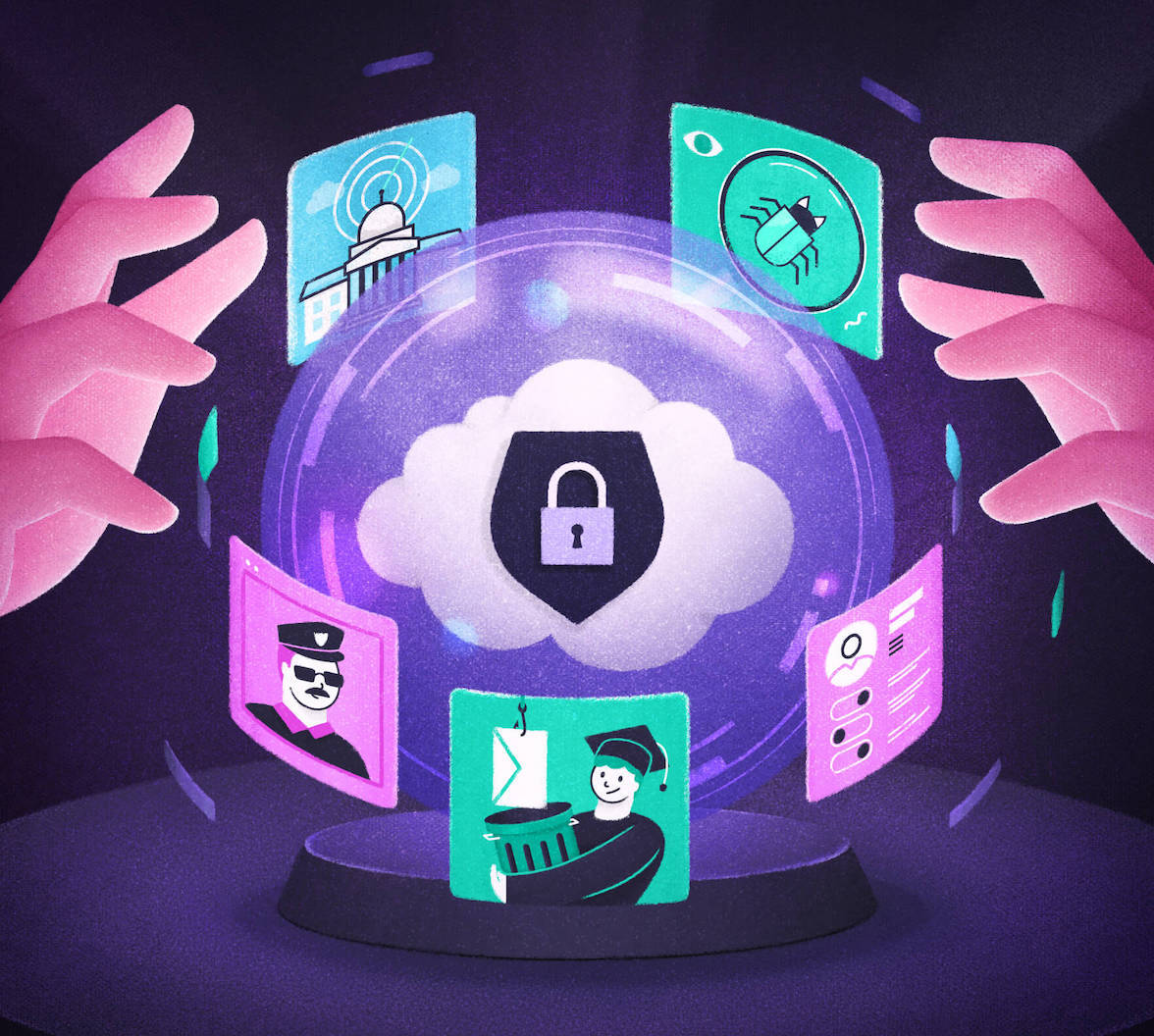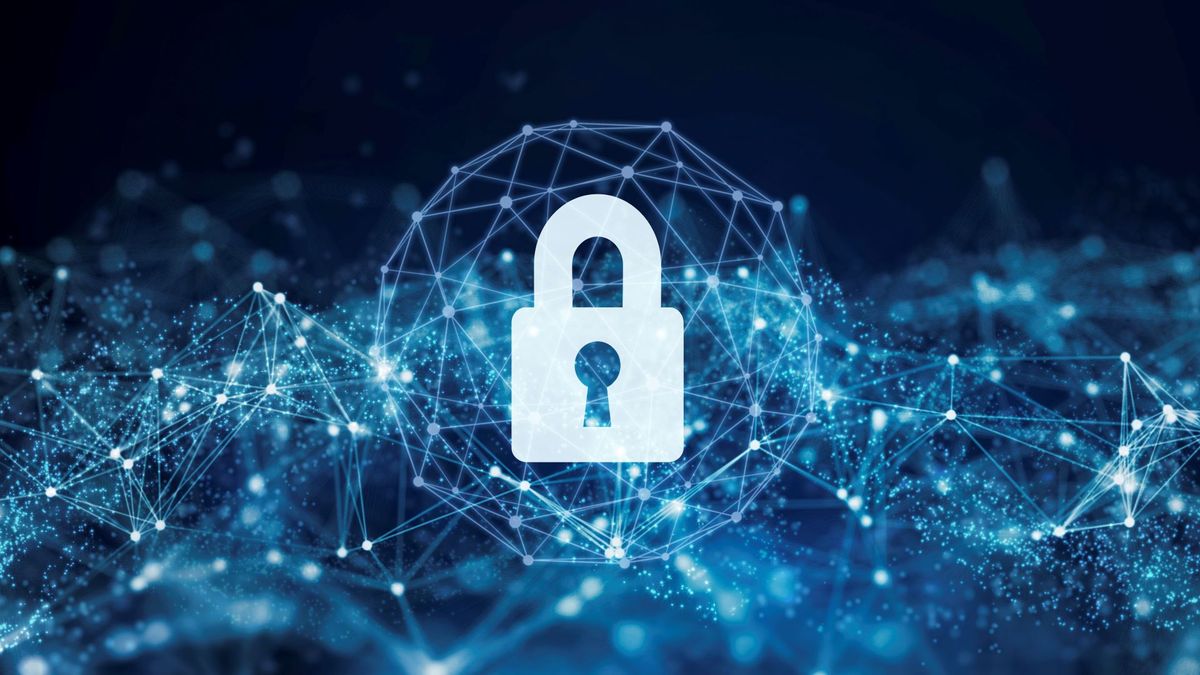Top Cybersecurity Forecasts for 2024: Remain Ahead of Arising Hazards
As we approach 2024, the cybersecurity landscape is positioned for substantial transformation, driven by emerging threats that companies must not only prepare for however likewise tactically address. With regulatory modifications on the perspective and a vital focus on cybersecurity training, it is vital for companies to reassess their techniques to remain resilient.
Increase of AI-Driven Assaults
As organizations increasingly adopt synthetic knowledge innovations, the potential for AI-driven attacks is ending up being a vital problem in cybersecurity. Cybercriminals are leveraging AI to enhance the sophistication and efficacy of their attacks, developing a landscape where conventional safety measures may falter. These strikes can exploit machine learning formulas to identify vulnerabilities in systems and networks, resulting in more targeted and destructive breaches.
AI can automate the reconnaissance phase of an assault, making it possible for foes to collect huge amounts of data promptly (Deepfake Social Engineering Attacks). This capacity not only shortens the moment required to release a strike yet additionally increases its precision, making it harder for protectors to expect and minimize hazards. Additionally, AI can be utilized to develop persuading phishing schemes, create deepfake web content, or manipulate data, even more complicating the cybersecurity landscape
Organizations must prioritize the combination of AI-driven cybersecurity remedies to respond to these arising dangers. By utilizing advanced risk detection systems, organizations can boost their ability to recognize and counteract AI-generated assaults in real time. Continual financial investment in training and recognition programs is additionally important, as it furnishes workers to identify and react to prospective AI-driven hazards properly.
Boosted Ransomware Elegance
The surge of AI-driven assaults is not the only trend improving the cybersecurity landscape; ransomware strikes have actually additionally advanced, ending up being progressively innovative and targeted. As cybercriminals fine-tune their approaches, companies encounter increased dangers that call for adaptive techniques to mitigate prospective damage.
Modern ransomware risks currently take advantage of progressed strategies, such as double extortion, where assailants not only secure data however additionally threaten to leakage delicate info if their needs are not fulfilled. This includes an additional layer of pressure on sufferers, frequently engaging them to pay ransoms to protect their reputations and consumer depend on.
Moreover, using automated devices and maker understanding algorithms by wrongdoers has streamlined the assault process, enabling them to determine vulnerabilities much more efficiently and customize their tactics versus specific targets. Such growths have led to a startling rise of assaults on vital facilities, health care systems, and supply chains, stressing the need for robust cybersecurity structures that focus on real-time risk discovery and response.
To counter these progressing threats, organizations need to purchase extensive training, progressed safety modern technologies, and occurrence reaction prepares that incorporate lessons learned from past ransomware cases, guaranteeing they continue to be one action ahead of progressively complex assaults.
Development of IoT Vulnerabilities
With the rapid development of the Net of Things (IoT), susceptabilities related to these interconnected tools have actually become a vital problem for companies and people alike. The proliferation of smart gadgets, from home devices to commercial sensing units, has produced an extensive attack surface area for cybercriminals. Many IoT gadgets are deployed with marginal protection protocols, often making use of default passwords or outdated firmware, making them at risk to exploitation.
As gadgets end up being interconnected, the potential for large attacks rises. Compromised IoT devices can offer as access factors for assaulters to infiltrate more safe networks or launch Dispersed Rejection of Solution (DDoS) assaults. The lack of standardization in IoT security determines further worsens these vulnerabilities, as varying producers apply differing degrees of security
Furthermore, the raising class of malware targeting IoT gadgets positions significant threats. Hazard stars are continually establishing brand-new approaches to make use of these weak points, causing possible data violations and unauthorized access to delicate information. As we relocate right into 2024, companies need to focus on IoT protection, applying durable steps to guard their networks and mitigate the risks associated with this quickly growing landscape.
Governing Modifications Impacting Protection

In 2024, we anticipate to see extra rigid compliance needs for companies, especially those informative post that produce or deploy IoT tools. The intro of guidelines such as the European Union's Cyber Resilience Act and updates to existing structures like the NIST Cybersecurity Framework will highlight protection deliberately. Organizations will be mandated to implement durable safety measures from the preliminary stages of item growth, making sure a positive stance versus prospective susceptabilities.
Moreover, regulative bodies are most likely to impose substantial penalties for non-compliance, engaging businesses to focus on cybersecurity financial investments. This shift will not only enhance the general security pose of companies but will certainly additionally foster a culture of liability in securing customer information. As policies tighten, the obligation will increasingly drop on firms to show conformity and safeguard versus the ever-evolving threats in the digital landscape.
Focus on Cybersecurity Training
Organizations' dedication to cybersecurity training is becoming progressively important as risks advance and strike vectors increase. With cybercriminals continuously creating advanced strategies, it is paramount for staff members at all degrees to understand the dangers and identify their function in mitigating them. Comprehensive training programs outfit personnel with the expertise and abilities necessary to recognize possible risks, such you can try this out as phishing assaults, social design methods, and malware.
Furthermore, a culture of cybersecurity understanding cultivates watchfulness among workers, minimizing the possibility of human mistake, which remains a considerable vulnerability in numerous companies. Routinely updated training components that reflect the current threats will certainly guarantee that personnel stay check that educated and with the ability of reacting effectively.


In 2024, organizations will likely focus on recurring education and simulation workouts, allowing workers to exercise their reaction to real-world circumstances. Partnership with cybersecurity experts for tailored training services might also end up being extra typical. Inevitably, spending in staff member training not only strengthens an organization's defense posture however likewise cultivates a positive method to cybersecurity, strengthening the idea that security is a common duty across the enterprise.
Verdict
To conclude, the cybersecurity landscape in 2024 will certainly be formed by the increase of AI-driven assaults, increasingly innovative ransomware methods, and the expansion of vulnerabilities connected with IoT devices. Regulative changes will require improved conformity steps, underscoring the significance of integrating safety deliberately. Furthermore, a solid focus on detailed cybersecurity training will be essential in growing an organizational society durable to emerging threats. Proactive adjustment to these fads will certainly be crucial for efficient defense approaches.